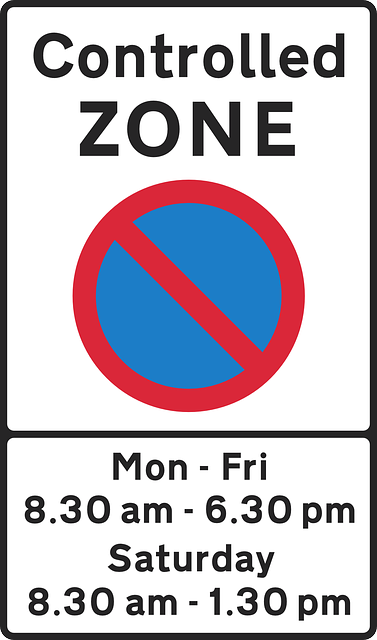Before developing real estate, research zoning laws for permitted structures and compliance, conduct environmental analysis to assess soil, contamination, ecological impacts, evaluate infrastructure including utilities and existing roads to prevent delays and budget overruns, ensuring a financially viable project.
Before diving into the exciting world of real estate development, a crucial step is thoroughly assessing potential sites. This involves understanding local zoning laws and land-use regulations to ensure compliance from the outset. Conducting a comprehensive environmental analysis is equally vital to identify any hidden challenges. Additionally, reviewing infrastructure and utility access availability can save significant time and resources down the line. By focusing on these key aspects, developers can make informed decisions and set the stage for successful projects.
Assess Site's Zoning and Land Use Regulations

Before diving into the purchase of a development site, it’s crucial to assess its zoning and land use regulations. These guidelines, set by local governments, dictate how property can be used, shaping both the potential and restrictions for your real estate investment. Zoning laws vary across regions, determining factors like permitted building types, density, and even aesthetic considerations. Understanding these regulations early on ensures your development plans align with legal frameworks, avoiding costly delays or legal issues down the line.
Researching zoning allows you to gauge if a site is suitable for your desired project. For instance, some zones may restrict high-rise buildings or have strict environmental conservation rules. By checking these aspects, you can make an informed decision and avoid surprises post-purchase. It’s a vital step in navigating the complexities of real estate development, ensuring your venture stays on track from conception to completion.
Conduct Comprehensive Environmental Analysis

Before diving into purchasing a development site, conducting a comprehensive environmental analysis is paramount in real estate. This involves assessing various factors like soil quality, contamination levels, and potential ecological impacts. A thorough inspection will help uncover any hidden issues that could impact your future development plans or incur costly remediation efforts later on.
The process should include sampling and testing of the site’s soil, water, and air to ensure they meet regulatory standards for construction. Additionally, examining historical records and consulting with environmental experts can provide valuable insights into past activities on the land, which may have left a lasting impact on its current condition. This proactive step is key in mitigating risks and ensuring your investment is a sound one in the competitive real estate market.
Review Infrastructure and Utility Access Availability

Before purchasing a development site, it’s crucial to review the availability and quality of its infrastructure and utility access. This includes checking if essential services like water, electricity, gas, and telecommunications are readily available or require significant improvements. Real Estate investors should also assess the capacity of existing roads, sewers, and other public utilities to handle any future developments planned for the site.
The condition and capacity of these infrastructures can significantly impact a project’s feasibility and costs. Insufficient utility access can delay construction or force costly upgrades, adding extra burdens to your development budget. Therefore, conducting thorough research on infrastructure and utility availability is vital to ensure a smooth and financially viable development process in the real estate sector.






